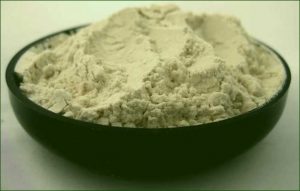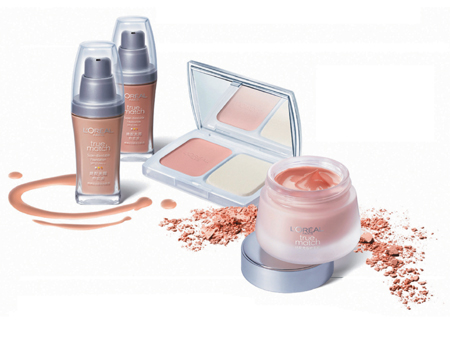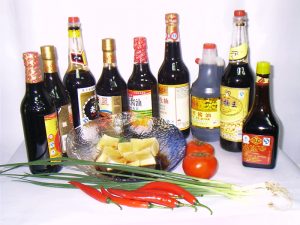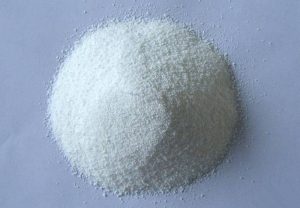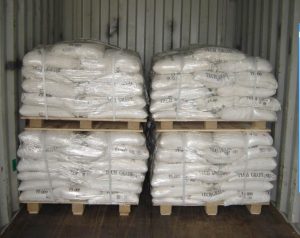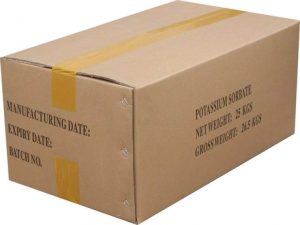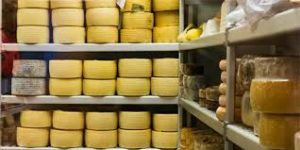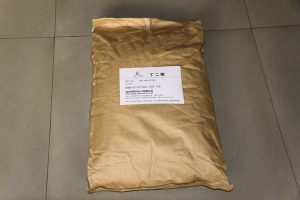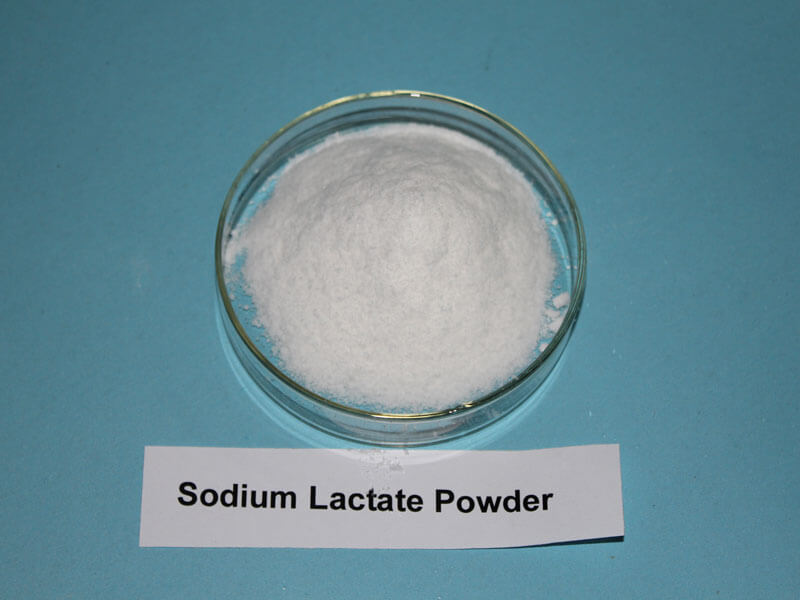Applications and Uses of Guar Gum
Guar Gum E412 can be used in Food, Beverage, Pharmaceutical, Health & Personal care products, Agriculture/Animal Feed/Poultry. Guar Gum E412 used as thickener in food such as in ice-cream, dry soups, instant oatmeal, sweet desserts, canned fish, sauces, and frozen food. Guar Gum E412 also used as a binding agent in tablets. Xanthan gum and guar gum are the most frequently used gums in gluten-free recipes and gluten-free products.
Guar Gum E412 uses as follows:
In Food and drink
Guar gum E412 can be used in food and drink such as in baked goods, dairy drinks, salad dressings and condiments.
In Pharmaceutical Industries
Guar gum E412 powder is used in pharmaceutical industries as Gelling/ Viscosifying/Thickening, Suspension, Stabilization, Emulsification, Preservation, Water Retention/Water Phase control, Binding, Clouding/Bodying, Process aid, Pour control for following applications.
In tablet manufacturing it is used as a binder and disintegrating agent and in micro-encapsulation of drugs.
- Suspensions
- Anti-acid formulations
- Tablet binding and disintegration agent
- Controlled drug delivery systems
- Slimming aids
- Nutritional foods
Guar Gum E412 is an important non-caloric source of soluble dietary fiber. Guar gum powder is widely used in capsules as dietary fiber. Fiber is a very important element of any healthy diet. It is useful in clear and cleanses the intestinal system since fiber can not be digested. This keeps the intestines functioning properly and also improves certain disorders and ailments. All natural fiber diet works with body to achieve a feeling of fullness and to reduce hunger. Its synergistic mix of guar gum and fiber mixture when taken with water expands in stomach to produce a feeling of fullness.
In Health and Personal care
- Used as a thickener, protective colloid in Skin care products, creams and lotions.
- Also used in toothpaste, and shaving cream for easy extruding from the container tube.
In Paper Industry
- Guar Gum provides better properties compared to substitutes.
- It gives denser surface to the paper used for printing.
- Guar Gum imparts improved erasive and writing properties, better bonding strength and increased hardness.
- Due to improved adhesion, it gives better breaking, mullen and folding strengths.
In Textile Industry
- Guar Gum gives excellent film forming and thickening properties when used for textile sizing, finishing and printing.
- It reduces warp breakage, reduces dusting while sizing and gives better efficiency in production.
In Oil Field Applications
- Industrial grade Guar gum powder are use in oil well fracturing, oil well stimulation, mud drilling and industrial applications and preparations as a stabilizer, thickener and suspending agent.
- It is a natural, fast hydrating dispersible guar gum and is diesel slurriable.
- In the oil field industry, guar gum is used as a surfactant, synthetic polymer and deformer ideally suited for all rheological requirements of water-based and brine-based drilling fluids.
- High viscosity Guar Gum products are used as drilling aids in oil well drilling, geological drilling and water drilling.
- These products are used as viscosifiers to maintain drilling mud viscosities that enable drilling fluids to remove drill waste from deep holes.
- Guar gum products also reduce friction in the holes, and so minimising power requirements. Some Guar Gum products act to minimise water loss should occur in broken geological formations.
In Metallurgical and Mining
- Guar gum is widely used as a flocculants to produce liquid solid separation
- Guar gum is also used in flotation. It acts as a depressant for talc or insoluble gangue mined along with the valuable minerals
In Explosives Applications
- Gelling agents for gel sausage type explosives and pumpable slurry explosives
- Cross linking agents for gel and slurry explosives systems
In Agriculture/Animal Feed/Poultry
Guar gum E412 can be used in animal feed/poultry feed.
In Others
Guar gum E412 can be used in paper, textile, construction, oil & gas well drilling, mining.

